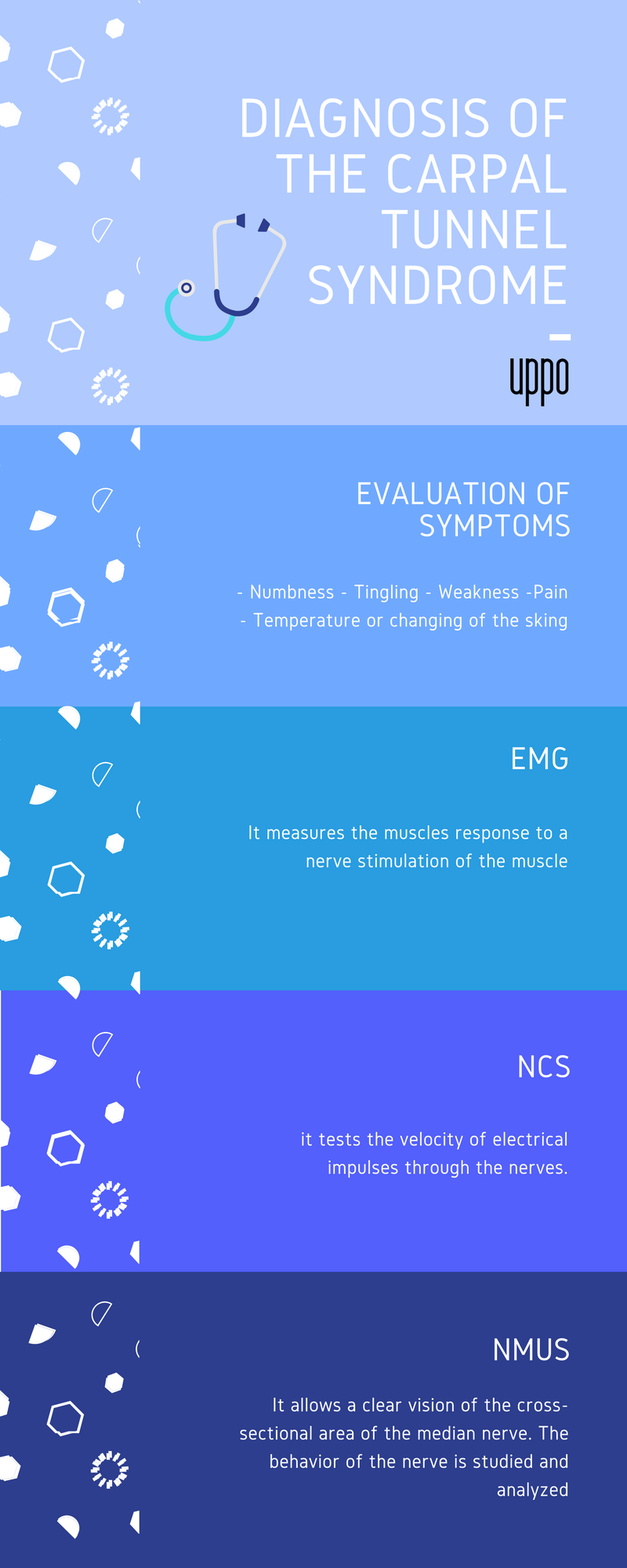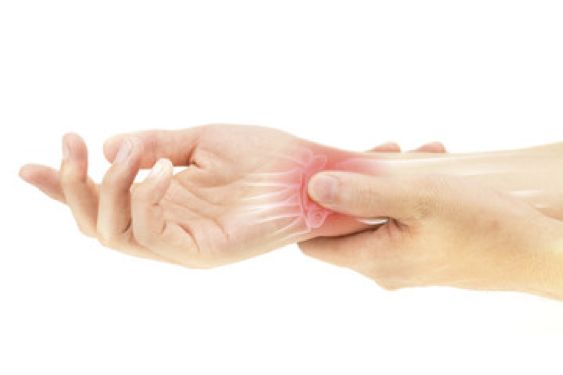Your wrists are crucial for optimal mobility and hand function. However, they are one of the most sensitive parts susceptible to trauma and injury. Carpal tunnel syndrome (CTS) is a common condition that affects people who do repetitive movements with their wrists and have diseases like diabetes or arthritis, wrist injury, or other health conditions that lead to tissue inflammation. It can be painful and cause a lot of discomfort, but we made a little introduction to what carpal tunnel syndrome is and how to diagnose it.
What is carpal tunnel syndrome?
Carpal tunnel syndrome develops when the carpal tunnel inside your wrist pressures the median nerve. The median nerve is responsible for motion in your arm, thumb, and three middle fingers. When it’s pressured too much, you might lose some sensory abilities in your hand and fingers. In more severe cases, carpal tunnel syndrome also causes chronic pain. But why does the carpal tunnel swells in the first place? Inflammation from injury, arthritis and repetitive movement causes swelling and pressure buildup.
People who suffer the most from carpal tunnel syndrome are:
- Pregnant women and women going through menopause
- Office workers who spend most of their time typing and using a computer mouse
- Gamers
- People who use a lot of wrist motion for work or hobbies
- Those who have previous wrist injuries
- Overweight or diabetic people
- People who have arthritis
- Have a family history of carpal tunnel syndrome
Carpal tunnel syndrome symptoms
Carpal tunnel syndrome is a very common but serious condition. Most people require surgery to restore compressed nerves and regain motion and sensation in their fingers.
Symptoms associated with carpal tunnel syndrome are:
- Numbness in fingers;
- Weakened grip;
- Pain in the hand, fingers, or wrists;
- Swollen fingers;
- Burning sensation in fingers and wrists.
If you notice persistent symptoms like these, you should talk to your doctor to identify the cause. In the infographic below, you can see the 3 most common diagnostic methods for carpal tunnel syndrome.

Carpal tunnel syndrome treatment
If your doctor confirms that the symptoms you’ve been experiencing are due to carpal tunnel syndrome, they’ll pick the right treatment for you. Treatment depends on the severity of the condition, your age, health, and other factors. Mild cases are often treated with lifestyle changes like adopting ergonomic improvements in your workplace, exercising your wrists, and going to physiotherapy.
More serious cases might require you to wear wrist splints. They limit the movement in the wrists and keep them in the right position to avoid compressing the median nerve. Your doctor might also prescribe anti-inflammatory medication. The last stop is surgery. Carpal tunnel surgery is simple and sometimes done with only local anesthesia. During the operation, a surgeon makes an insition in your wrists and removes inflamed tissue that’s pressuring the nerve. It might take a few weeks to recover after the surgery, but most patients can quickly come back to their normal lives within two weeks.
What can you do to prevent carpal tunnel syndrome?
Sometimes you can do nothing to prevent carpal tunnel syndrome from developing because it’s inherited. But if you’re a healthy individual, but for instance, your work requires repetitive wrist movement, then there are ways to reduce future trauma.
Let’s say you work at the office and spend most of your day at your desk. Repetitive hand movement while typing and using a mouse puts your wrist in an awkward position, which in time, might cause pain. You can reduce discomfort by changing your workplace design to a more ergonomic one. The right chair and desk are crucial for ergonomics. Also, don’t forget to take breaks and be active. Wrist stretches keep your wrists mobile longer.
Wrist rests for carpal tunnel syndrome
A wrist support band or a wrist rest is excellent for relaxing tensed wrist muscles. Uppo wrist support band is a great alternative to traditional wrist rests. Our band wraps around your wrist and stays there the whole time. You can easily switch between typing and using a mouse without moving the band. The gel-filled ball softly supports your wrist and helps alleviate muscle and ligament tension. If you want to know more, check out how Uppo wristbands can help you cope with carpal tunnel syndrome.


